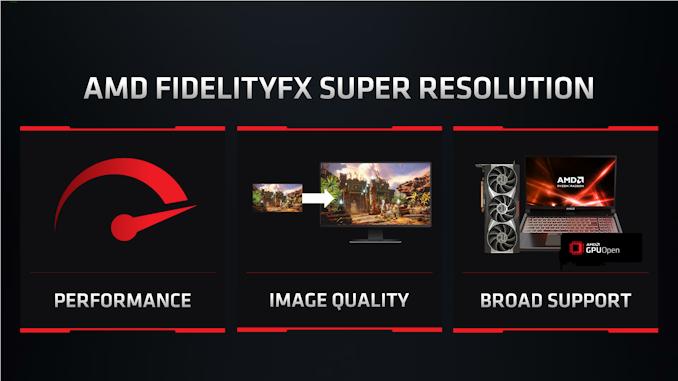Recently AMD has been capturing the interest of many gamers with their own version of a DLSS-like upscaler, offering higher performance whilst preserving image quality (well, at least
trying
to that is). One of the most interesting parts about it though was its apparent accessibility - being available on old hardware as well as new - and could potentially even work
on Nvidia graphics cards
.
However, AMD have now come out to clarify that although FidelityFX Super Resolution (FSR) will work on GeForce GPUs including GTX 10 series cards (which don’t support DLSS), it will be up to Nvidia themselves to optimize it. In other words, FSR will only work on GeForce GPUs if Nvidia allows it.
“
We are very excited to have you all try it out,
” said Scott Herkelman, Vice President and General Manager for AMD Radeon. “
Just to be clear though - we aren't optimizing it for GeForce - that will be up to them to do the work on behalf of their gaming community - we just proved it works :)

”
That may be a bit disappointing considering the excitement around the open source and cross platform nature of FSR, but the tech officially launches in its infancy on June 22nd and should get better with time. DLSS 1.0
was quite rough around the edges until DLSS 2.0, which now dominates the market.We’ll also have to wait and see if Nvidia actually does end up supporting it. Not only does it mean a higher workload on the Green Team during a time where all hands are needed on deck, but there isn’t a whole lot of benefit for Nvidia given DLSS is currently far superior in terms of image quality.
Then again, the fact that FSR works on GTX 10 series cards is an advantage as DLSS only works on RTX GPUs at the moment, and so Nvidia could end up optimizing it for that reason alone. Either way though, we’ll have to wait and see when FSR officially launches in a few weeks.
What do you think? Will Nvidia actually optimize FSR on their GPUs? Will they do it only on the GTX 10 series for now since DLSS is supported on more recent hardware? And how do you think FSR will compare to DLSS in the future? Will Nvidia always be one step ahead? Or will AMD eventually catch up? Let us know!
Vote - Click on the bar or text you want to cast your vote on
Vote - Click on the bar or text you want to cast your vote on
Vote - Click on the bar or text you want to cast your vote on
Vote - Click on the bar or text you want to cast your vote on




